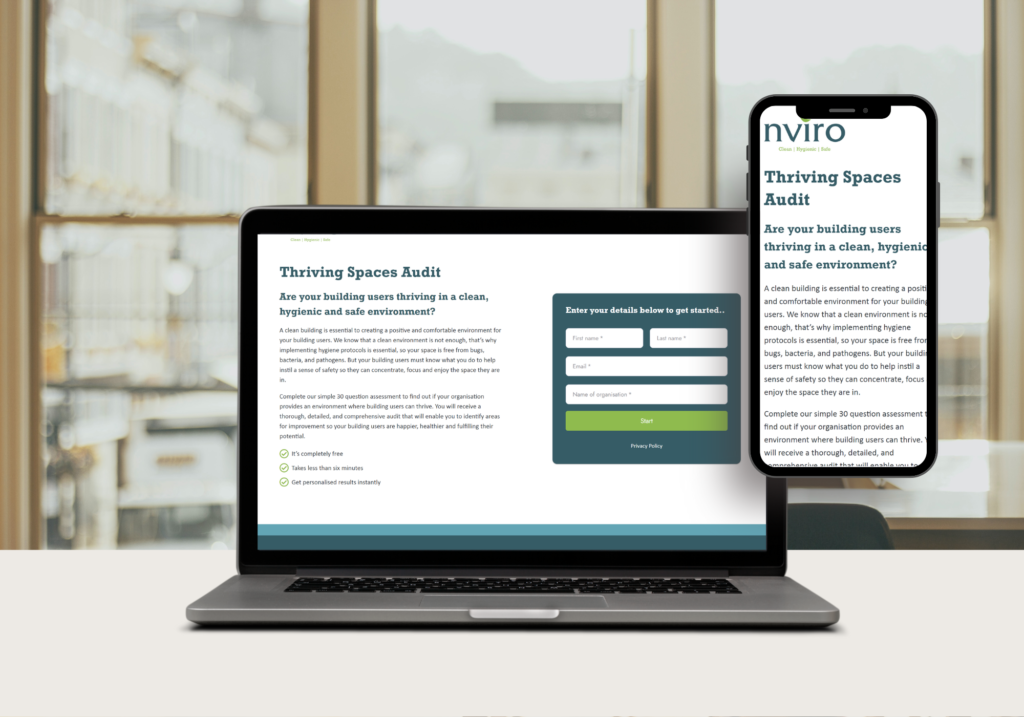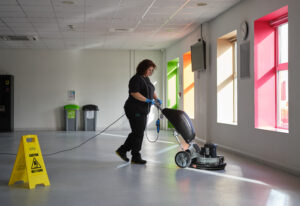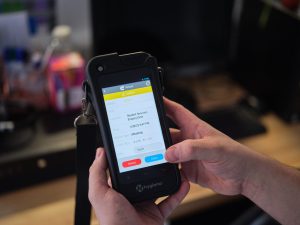Cost cutting, cleaning and the Reputational Hazard
01 December 2022 Category: Nviro News Schools, Academies and Trusts
Between the mini budget, the cost-of-living crisis, and so many other impacting factors, from fuel costs and teacher’s pay rises that aren’t fully funded, many are forecasting difficulty ahead.
Within that, school boards are making budget cuts. The National Association of Head Teachers have pointed out that nine out of ten schools will be in financial deficit by next year and are looking at a £2billion shortfall by 2024. One headteacher in Essex told the BBC their school is about £490,000 worse off.
As purse strings are tightened, it’s understandable that some are looking to cut the cleaning budget. But if hard financial decisions are on your horizon, it may be worth considering what we call The Reputational Hazard, and what alternative approaches to cost-cutting you can take.
The Reputational Hazard
We have written about the importance of a hygienic school and a sense of safety, but if your school is hygienic and safe, yet appears unclean, reputation can still suffer.
You can tell whether a school is clean or not through your senses. It’s the texture of the surfaces we touch being smooth or sticky. The smell of the bins or toilets. Being able to see a smear on the window, or crumbs on the table. If an area we see doesn’t look clean, we as humans will begin to see that space as one not respected by its owners.
A space can be hygienic, but if its appearance doesn’t match the hygiene rating, we’ll make judgments about it. It’s a matter of perception, but when it comes to reputation, perception is everything – it affects whether visitors think a school is a good choice for their child, and whether staff can take pride in their workplace, and whether students feel that they belong.
Crucially, a poor reputation for cleanliness can affect the OFSTED report, which can have major financial implications.
Alternatively, if your school is clean and kept in a state people can be proud of, this will help everyone to take pride in maintaining it. It’s much easier for students and teachers to see they have a role to play in keeping a clean area clean and graffiti-free, than it is for them to see the value in looking after a poorly kept space.
This also contributes to whether people feel they belong. This is particularly important for attracting new students, as well as attracting and retaining great staff – who will feel more valued and respected if their workplace is in good condition.
Save money through tactical changes
Schools may try to save money by opting for an in-house cleaning team, but this is a risky decision. Cleaning roles often have high turnover levels, so going in-house is a fast way to add to the workload of the HR staff. Crucially, though, the HR staff may not be up to speed on best practices for ways to save money on the cleaning budget.
It’s natural to want to save costs at difficult times, but all in all, it’s rarely financially beneficial to simply clean less, or to do everything in-house. But there are other, strategic ways to reduce costs.
At Nviro we use our expertise and experience to get the most out of cleaning budgets. Using our three decades of experience in cleaning and consultancy, we know what the most innovative, frugal, and efficient methods of cleaning are. Here are some avenues to consider.
- Focus cleaning where it counts
School buildings are not used the same way every day, and a checklist approach to cleaning will inevitably mean cleaning teams spend time tackling spaces that have been unused and wasting products where they’re not needed.
At Nviro, all our cleaning teams are trained to make smart decisions here. If they can see a corridor has been unused, they’ll focus their attention elsewhere.
We also work in close partnerships with schools to stay up-to-the-minute with where our attention will be best utilised. For instance, if important visitors are expected in the main reception area, or the sports changing rooms have been covered in mud after a wet day, we will respond. Technology, such as ATP testing and smart buildings, can also support us in this aim:
ATP testing detects ATP, or adenosine triphosphate, a bio-molecule produced by all organisms. For biology teachers, it’s a cellular unit of energy. For us, it’s a way of identifying any cell on any surface.
Cleaning everywhere, but less, doesn’t always help. If ATP testing can show certain surfaces or rooms have more bacteria than elsewhere, the smarter response is to clean those areas as often as required, while tactically reducing the cleaning in areas that don’t need it.
Smart Buildings utilise tech to show us how building users are using the area – tracking footfall and targeting resource deployment – so our cleaning teams to respond to the data.
Smart sensors can detect if rooms are in use or not before heating systems begin warming them or the lights turn on, and we can use that information to prioritise those rooms for cleaning. Similarly, sensors on toilet cubicles can let cleaners know if they have been used at all across a day – and subsequently if they need disinfecting.
- Reduce time-to-clean
Alongside our methods of focusing cleaning where it counts, we ensure our cleaners can achieve high standards as fast as possible. To do this we work closely with schools and make use of the latest technology.
Protective coatings destroy harmful microorganisms by covering a surface with tiny spikes. Where conventional disinfectants remain active for 15 minutes, protective coatings are proven to kill bacteria for up to 60 days.
Protective coatings keep the staff and the students healthy. This mitigates the spend on supply teachers during staff absences, or for teaching assistants to help students who have missed time off school.
The cobotics we use can scan an outline of a room, vacuum it, then fill in the gaps between. This means cleaners can programme a cobot to vacuum one room while they carry out other tasks, getting more done in the same amount of time.
It’s essential to keep a tight grip on the school budget – now more than ever. So before considering where you decide to allocate your resources for cleaning, why not come to us first? Whether it’s in emerging tech, better management, or a tactical allocation of resources, we’ve got you covered.
As a specialist cleaner in educational settings, Nviro provides clean, hygienic and safe environments in universities, colleges and schools. Read our blog about ‘Smart cleaning: how data can make the most of your cleaning resources’.
Is your building clean, hygienic and safe?
We have developed the Thriving Spaces Audit to help you identify whether your building is clean, hygienic and safe. This audit is a thorough and detailed analysis that will enable you to identify areas for improvement so your building users are happier, healthier and fulfilling their potential. It allows you to tailor your cleaning services to meet your needs, ensuring a clean, hygienic and safe environment for all to thrive in.



